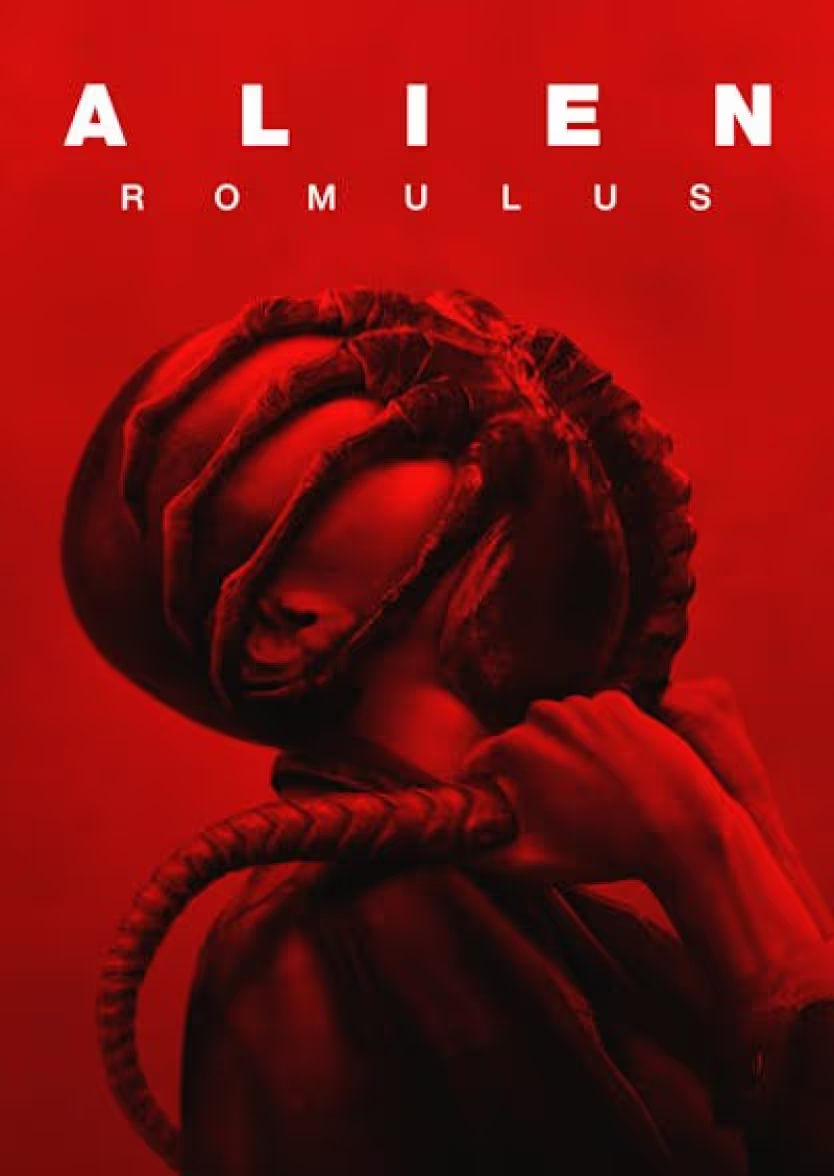Aaron I. Butler, ACE, is an Emmy Award-winning and ACE Eddie Award-nominated editor and producer, best known for his work on the hit series Euphoria. As part of our Well Versed series, we caught up with Butler to hear what he enjoys about his craft and learn a bit about his creative approach.
This interview has been edited for clarity.
What’s your favorite thing about being an editor?
My favorite thing about being an editor is having the privilege to [capture] this massive amount of creativity—from the writers, the directors, the actors, costume, makeup, cinematography, music, sound design—from every single creative aspect and every single creative angle. I get the privilege to assemble it all together, to really make every aspect of it shine and serve the story. It’s such an amazing feeling to have the access to so much creativity and be the one who gets to put it all together.
What do you like most about remote editing in particular?
For me, it’s the flexibility. On the Euphoria team, we’d been working in-person, in-office. On our next show, we were also in-office but they set it up so that any of us could work basically hybrid-remote at any time. And it was so great because it just gave us the option. Let’s say your car has to be in the shop one day; it’s so much easier to work from home and do all of the editing you need to do. Or if you get a cold, maybe you still feel fine, but you want to be safe. It’s so good to be able to stay home for a few days until you feel better. Or just being able to connect when they’re shooting on location, access all of the footage, and be able to watch things pretty much anywhere.
Tell us about a scene that changed significantly in post from its scripted version to its final version.
There was one scene in Euphoria season two, episode five. The scripted version was about eight minutes long and takes place in the car, where they’re taking Rue to rehab. Rue thinks she’s going to the hospital, and when she finds out they’re actually taking her to rehab, she freaks out and jumps out of the car. So the first cut of this was eight minutes long, and it just felt too repetitive and too similar to what had already come before in the episode. And so the direction from Sam Levinson, the writer-director, was, “I don’t care about the dialogue, I don’t care about the camera moves; it’s all about the emotion.” And so I came up with this idea: I thought, what if when the cameras are inside the car, you hear what’s going on, and when the cameras are outside the car, you just hear the rushing sound of the car driving? And this way, you get the feeling that she’s trapped in this box, because you’re sort of inside the box, outside the box. I was able to pull out all of this dialogue, so the camera jumps outside of the car and you just see all of the emotion without actually hearing the details of the dialogue, and it really helped to make that scene pop.
Create together remotely, in real time
















.avif)









.avif)


.avif)